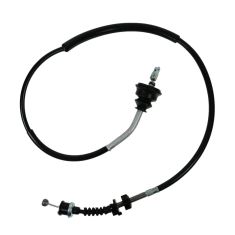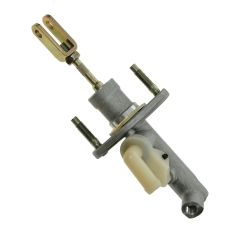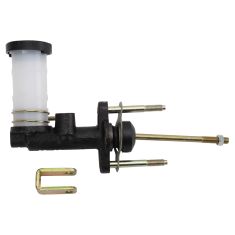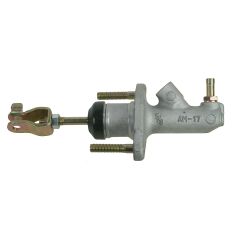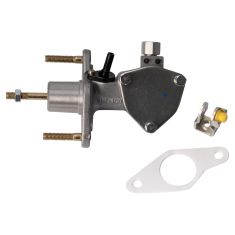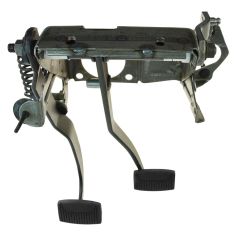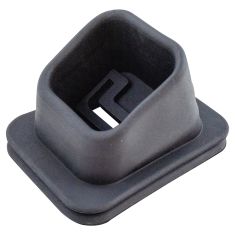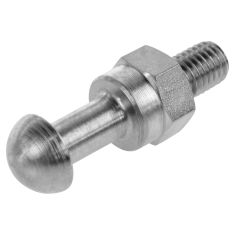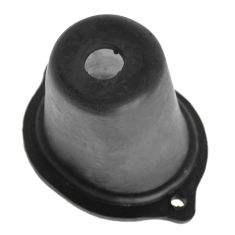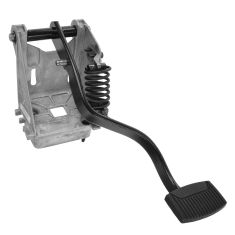Clutch and Clutch Parts
-
-
- Air Deflectors & Valance Panels
- Battery Trays & Related
- Body Panels
- Bumpers & Related - Front & Rear
- Convertible Tops, Soft Tops, & Parts
- Decal & Stripe Kits
- Emblems & Nameplates
- Engine Compartment Trim
- Frame Parts & Bushings
- Fuel Door Parts
- Fuel Tank Filler Neck
- Grille
- Header Panel
- Hood & Hatch Lift Supports
- Hood Latch & Catch Brackets
- Hood Release Cable
- Jack Pads
- Radiator Supports
- Rust Repair Panels
- Splash Shields & Fender Liners
- Tailgate Cables
- Tailgate Hinges & Related
- Weatherstripping
-
- Exterior Lighting
- Exterior Parts & Accessories
- Fender Flares
- License Plate Brackets & Frames
- Mud Flaps & Splash Guards
- Nerf Bars, Side Steps, Running Boards
- Radio Antenna
- Rain Deflectors
- Roll Bars, Light Bars, & Related
- Skid Plates
- Spare Tire Carriers & Related
- Tonneau Covers
- Tow Hooks & D-Shackles
- Trailer Hitch & Components
-
- Accelerator Pedals & Sensors
- Cruise Control Switch & Lever
- Electrical Parts
- Hazard Switch
- Ignition Key Lock Cylinder
- Ignition Switch
- Keyless Entry Remote & Related
- Neutral Safety Switch
- Parking Assist Cameras & Monitors
- Power Mirror Switch
- Power Seat Switches
- Power Window Switch
- Radio, Navigation, Entertainment
- Reverse Light Switch
- Trunk Release & Lock Solenoids
- Turn Signal Switches and Levers
- Windshield Wiper Switch
-
- Idler Arm
- Pitman Arm
- Power Steering Hoses
- Power Steering Pressure Sensor
- Power Steering Pump
- Power Steering Pump Pulley
- Power Steering Pump Reservoir
- Steering Dampers
- Steering Knuckles and Spindles
- Steering Rack and Gear Boxes
- Steering Shafts & Couplers
- Steering Wheels & Column Parts
- Tie Rods & Adjusting Sleeves
-
-
-
-
-
12
2
10
10
-
Notify When Available$34.95Save 39%List $56.95 Save $22.00Brand: TRQ - CCA55672$34.95Save 39%List $56.95 Save $22.00
-
Notify When Available
Replaces Nissan 350Z Infiniti G35 Clutch Master Cylinder DIY Solutions TRP00044
Brand: DIY Solutions- TRP00044$51.95Save 42%List $88.95 Save $37.00Brand: DIY Solutions - TRP00044$51.95Save 42%List $88.95 Save $37.00 -
Notify When Available$34.95Save 40%List $57.95 Save $23.00Brand: DIY Solutions - TRP00018$34.95Save 40%List $57.95 Save $23.00
-
Notify When Available
Replaces Honda Acura Olds Clutch Master Cylinder DIY Solutions TRP00017
Brand: DIY Solutions- TRP00017$42.95Save 39%List $69.95 Save $27.00Brand: DIY Solutions - TRP00017$42.95Save 39%List $69.95 Save $27.00 -
Notify When Available
-
Notify When Available$388.95Save 42%List $668.95 Save $280.00Brand: Ford OEM - F3TZ2455A$388.95Save 42%List $668.95 Save $280.00
-
Notify When Available
Replaces Chevrolet Clutch Fork Bellhousing Boot Fairchild Automotive G4161
Brand: Fairchild Automotive- G4161$20.95Save 30%List $29.95 Save $9.00Brand: Fairchild Automotive - G4161$20.95Save 30%List $29.95 Save $9.00 -
Notify When Available
Replaces Ford Mustang Mercury Capri Clutch Fork Pivot Stud Ford OEM D5FZ-7B602-A
Brand: Ford OEM- D5FZ-7B602-A$53.95Save 39%List $87.95 Save $34.00Brand: Ford OEM - D5FZ-7B602-A$53.95Save 39%List $87.95 Save $34.00 -
Notify When Available
Replaces 1967-69 Chevrolet Camaro Pontiac Firebird Clutch Rod Boot Seal Metro Moulded Parts RP 31-F
Brand: Metro Moulded Parts- RP 31-F$94.95Save 42%List $163.95 Save $69.00Brand: Metro Moulded Parts - RP 31-F$94.95Save 42%List $163.95 Save $69.00 -
Notify When Available
Replaces 1999-03 Ford Clutch Pedal & Bracket Assembly Ford OEM YC3Z7B633BA
Brand: Ford OEM- YC3Z7B633BAOut of Stock
$ 249.95Brand: Ford OEM - YC3Z7B633BAOut of Stock
$ 249.95
loading...
Choose the Make of Your Vehicle
